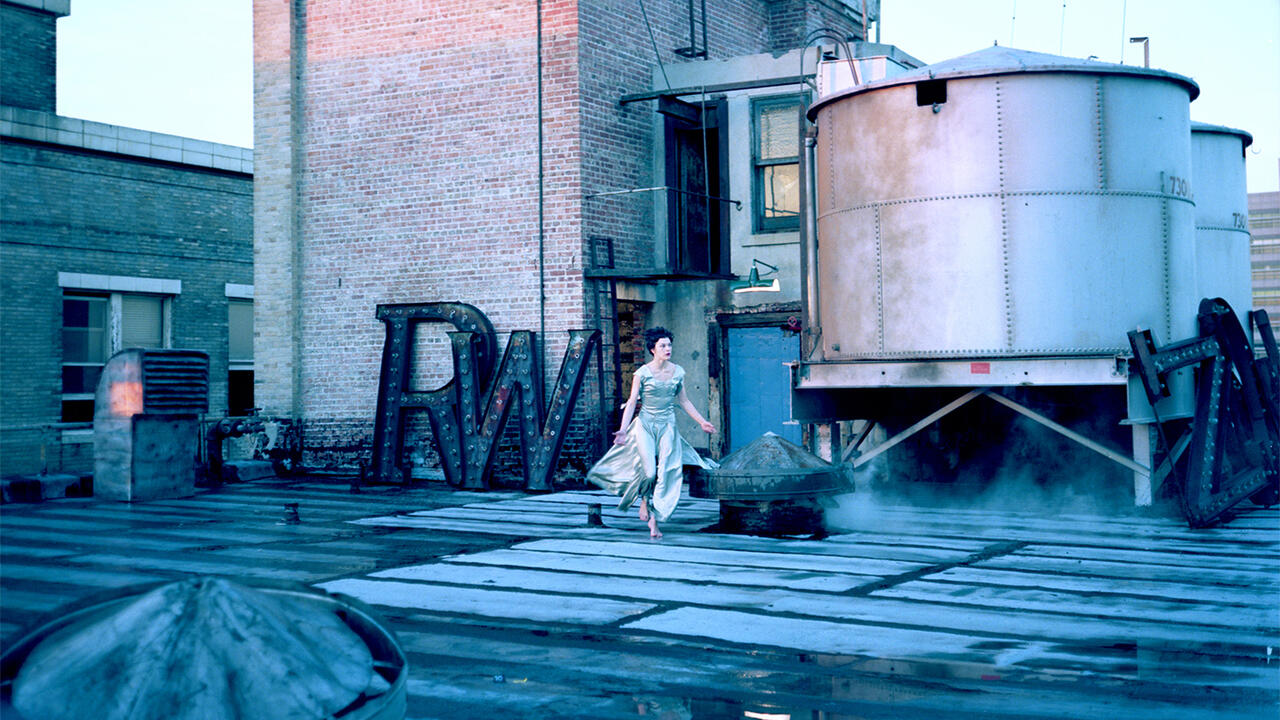How Stuart Hall Exposed the Racist Agenda Behind ‘Harmless’ British Humour
A 1979 televisual essay by the cultural theorist offers insight into black politics and representational struggle in the British media
A 1979 televisual essay by the cultural theorist offers insight into black politics and representational struggle in the British media

In collaboration with the Stuart Hall Foundation, this year’s London Short Film Festival offered a rare screening of Jamaican cultural theorist Stuart Hall’s 1979 televisual essay, It Ain’t Half Racist, Mum at the Institute of Contemporary Arts.
During a particularly turbulent decade in British race relations, the very structures of key British institutions such as the police, the judiciary and the educational system were compromised by explicit racial biases. Under some external pressure, the BBC initiated the ‘Open Door’ series in 1973 in a bid to make TV accessible for marginalized audiences in the UK. By delegating editorial control to representatives of these communities they hoped to elevate ‘voices, attitudes and opinions that, for one reason or another, have been unheard or seriously neglected, by mainstream programmes’.
The airways were regarded as a high privilege reserved for experts and not for the lesser-known and unaccomplished. In a memo dated 3 March 1924, just two years after the BBC was launched, its founder John Reith instructed Station Directors in major cities including London, Manchester, Birmingham, Cardiff and Glasgow that: ‘It should be an honour in every sense of the word for a man to speak from any broadcasting station and only those who have a claim to be heard above their fellows (..) should be put on the programmes.’ Some stations ignored the wishes of their General Manager; in Manchester, especially, they continued to allow working-class members of staff to speak in their local accents and slang. But it was under Director of Programmes David Attenborough’s authority in 1972 that viewers were allowed to apply for airtime and technical support necessary for broadcast. Attenborough noted that community channels were commonplace in other parts of the world, especially in the United States where a dozen ‘exciting and original’ programmes flourished. Some of the first to be approved from a selection of contributors were a group of Black teachers led by Mike Phillips, who provided a graphic guide to the inequities of the British school system, and the members of the ‘Transex Liberation Group’ who discussed on air the rights and wishes of trans women in 1960s and ’70s UK.

Hall’s co-host Maggie Steed begins the visual essay claiming that: ‘The BBC and ITV are themselves biased and unbalanced, especially in the coverage they give to Britain’s Black community.’ Television’s primary relationship to multiracialism was not to act as a true mirror to society. At its best, it suffered from a lack of self-critical ethnic awareness and at its worse, revealed underhanded tactics to generate social meanings and to influence the opinions of viewers.
In this 30-minute episode, Hall cites popular comedy shows, documentaries and current affairs programmes that expose the racist agenda of their creators, which is often cloaked as ‘harmless’ British humour. The importance of having ‘a sense of humour’ in Britain is generally seen as crucial, no matter how crude or tongue in cheek the joke: it’s valued as a medium of communication and used to polish social interactions. In the selected clips, we see Black and Asian communities represented as unprofessional, uncollegial, subordinate and disloyal; they are seen simultaneously stealing jobs from white Britons and leeching off welfare. The common ploy in these programmes was to emphasise the good natives versus the bad foreigners. Antagonizing cultural differences and beliefs can make viewers laugh without acknowledging that jokes can reinforce prejudices.
A decade later, in his paper ‘The Whites of Their Eyes: Racist Ideologies and the Media’, Hall would confirm that the overarching point of It Ain’t Half Racist, Mum was to examine discourses and implications of biased national media but instead it was received as a personal attack. Abundantly present in the British press is overt and inferential racism, with the latter fostering assumptions that mostly go unquestioned. Hall clarifies: ‘Overt racism is now even respectable. Inferential racism is invisible and therefore more insidious and is found, for example, in liberal progressives who advocate balance, deny extremism, and yet still see Black people as “the problem”.’

It Ain’t Half Racist, Mum reveals much about agency within the industrial context of the BBC in the late 1970s and the uses of humour to disseminate racist attitudes across the nation, fuelling unrest in Britain’s growing multi-ethnic society. Reith’s dangerous assumption was that good communication could only be produced by traditionally skilled and educated staff; his ignorance rejected the flair for storytelling and other skills that only people who have lived and worked in the margins of society have developed. Ironically or coincidentally, in his 1972 BBC documentary-series ‘Ways of Seeing’, John Berger declared that ‘Perspective makes the eye the centre of the visible world’. Thirty years later, the case for greater representation of underserved groups in the UK is constant and growing but we still see more Black British actors and performers migrating to the USA, where opportunities are greater. The desire for honest and complex visibility of these communities in British media is justified but comes at the risk of tokenism and the creation of a small elite of delegates, which is not a solution for this problem.





















